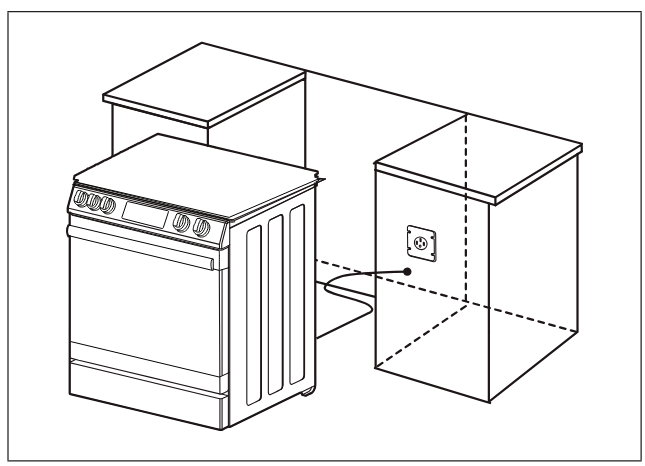Installing a slide-in range can transform your kitchen, providing a sleek, built-in look that seamlessly integrates with your countertops and cabinetry. This modern appliance not only enhances the aesthetic appeal of your cooking space but also offers improved functionality and ease of use. However, the installation process requires careful planning and attention to detail to ensure safety, proper fit, and optimal performance.
Whether you’re a seasoned DIY enthusiast or working with a professional installer, understanding the key steps and considerations is crucial for a successful installation. This guide will walk you through the essential aspects of installing a slide-in range, from preparing the installation space to making the final adjustments. We’ll cover important factors such as electrical requirements, cutout dimensions, and safety precautions, drawing from manufacturer guidelines and industry best practices. By following these instructions, you’ll be well-equipped to tackle this home improvement project with confidence, resulting in a professionally installed slide-in range that will serve as the centerpiece of your kitchen for years to come.
Installing a slide-in range can be a straightforward process if you follow the proper steps. Here’s a comprehensive guide to help you through the installation:
Preparation
Before you begin, ensure you have the necessary tools and materials:
- Adjustable pliers
- Level
- Tape measure
- Safety glasses
- Cut-resistant gloves
- Steel-toed shoes
Also, make sure you have the anti-tip bracket, screws, and any other parts included with your range.
Step 1: Prepare the Installation Space
Measure the cutout dimensions in your kitchen. For a standard slide-in range, you’ll need:
- Width: 30 inches
- Depth: 23 11/16 inches
Ensure the floor is level and can support at least 150 lbs. The countertop should be flat and level as well.
Step 2: Install the Anti-Tip Bracket
The anti-tip bracket is crucial for safety. To install:
- Locate the proper position using the provided template.
- Mark the screw holes.
- Drill pilot holes if necessary.
- Secure the bracket to the floor or wall with the provided screws.
Step 3: Electrical Connection
IMPORTANT: Electrical connections should be made by a qualified electrician.
- Ensure the power is off at the circuit breaker.
- Connect the range to a properly grounded 208/240V AC, 60 Hz electrical supply.
- Use a strain relief to secure the conduit.
- Connect the leads to the terminal block.
Step 4: Position the Range
- Remove all packaging materials, including any protective film on stainless steel parts.
- Adjust the leveling legs so the range will slide easily.
- Carefully slide the range into place, ensuring the rear leg engages with the anti-tip bracket.
Step 5: Level the Range
- Place a level on the oven rack to check both front-to-back and side-to-side leveling.
- Adjust the leveling legs as necessary using adjustable pliers.
Step 6: Final Checks
- Verify that the anti-tip bracket is properly engaged.
- Ensure the range is level and the cooktop overhangs the countertop slightly.
- Reinstall the oven door, drawer, and racks if you removed them earlier.
Step 7: Test Operation
Once everything is in place and connected, turn on the power and test all functions of your new slide-in range. Remember, if you’re unsure about any step in the process, particularly the electrical connection, it’s best to consult a professional. Proper installation ensures the safety and optimal performance of your new slide-in range.













